In Reception we have been exploring oceans around the world. Throughout our topic this half term we have looked at different habitats including deserts, rainforests, tundras, grasslands and oceans. When learning about oceans we looked at the Great Barrier Reef and looked at how to keep the ocean clean and protect the wildlife that lives in it. We discussed the importance of recycling and looking after our planet Earth. We also learned the names of sea creatures, found out facts about them and used the small world sea creatures to create underwater stories using our imaginations. We then created some ocean artwork using different techniques such as collage, painting, printing, threading and drawing. We also conducted a science experiment where we discovered that ocean water is salty and this can effect on whether things float or sink. We predicted and then experimented to see what would happen to different objects in water with no salt, a little salt and a lot of salt.


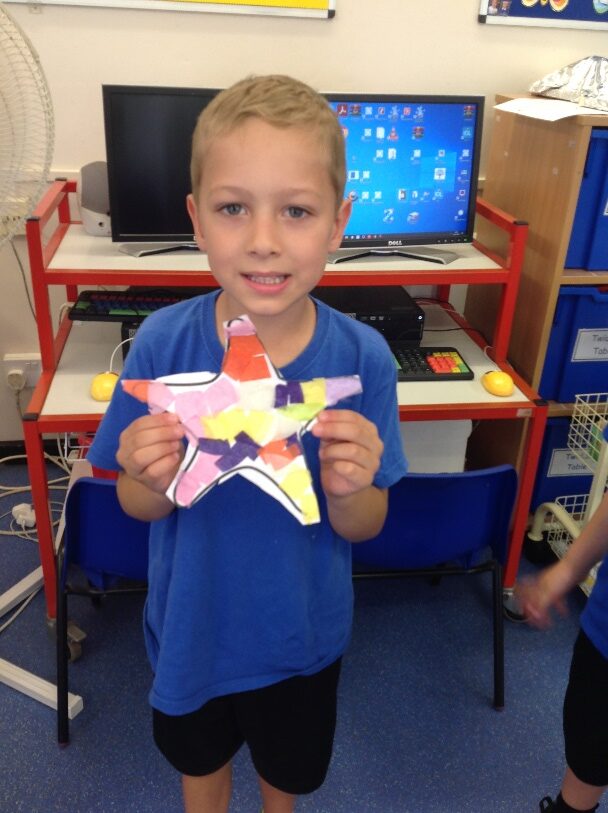
This year for SAW week, the year 1 children made friends with trees! First, they learned about the different types of trees. They found out the deciduous trees lose their leaves and evergreen trees stay green all year round. The children then matched trees to their leaves. They found out about the tallest tree in the world and walked across the fiend the length that it would be if it were laying down.

Next, the children created a year group tree by collecting bark rubbings and then making leaf rubbings and placing them all down together in the hall.

Finally, the children wrote a poem about trees and leaves in the shape of a leaf!
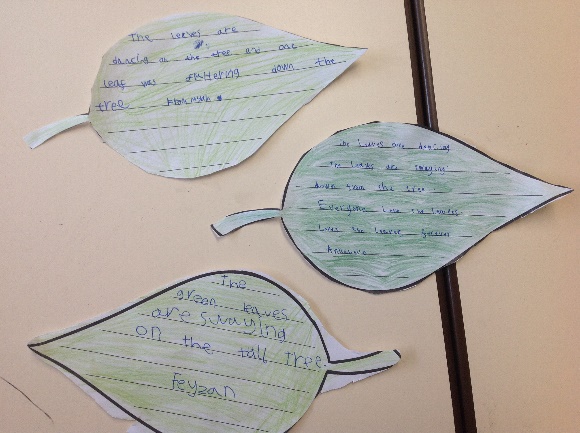
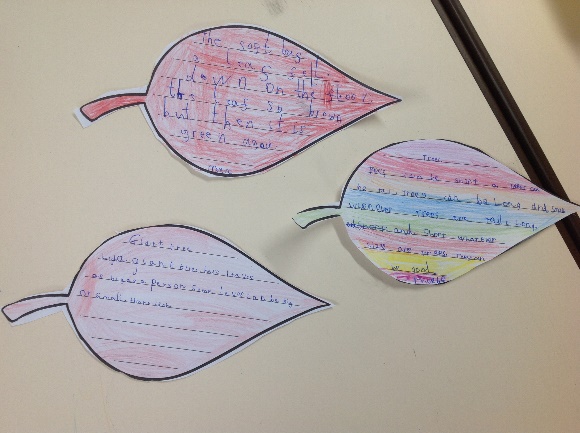
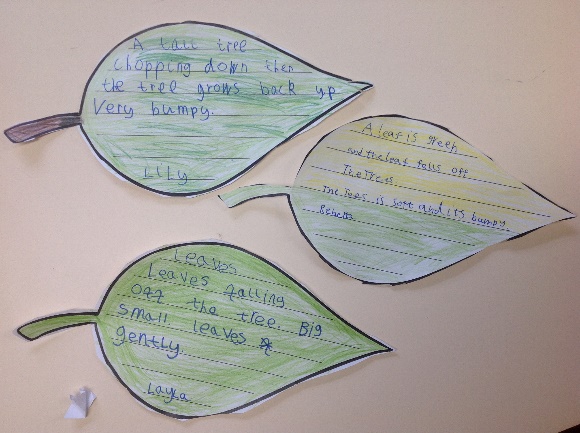
In Year 2 the children have explored different insects that live in habitats around Norfolk. The children started by researching an insect of their choosing, either a swallowtail butterfly, Norfolk hawker dragonfly or a pond mud snail. The children used fact files to find out all sorts of different information about the insects.
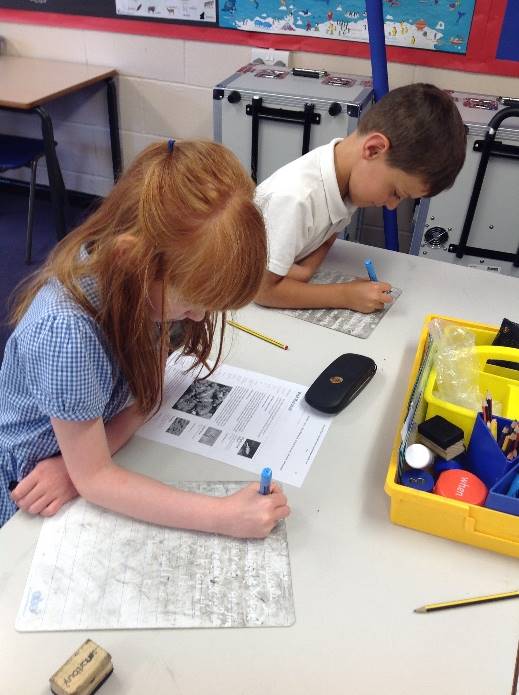
They then wrote their own cinquain poem all about their insect. They were able to follow the rules of this new poetry type, and retrieve what they knew about a similar poem type of diamante poems.

Finally the children created their own insect using a collage technique. They started by sketching their design and then filled the image with all different textures and colours. The children even created their own background habitat for their insect.
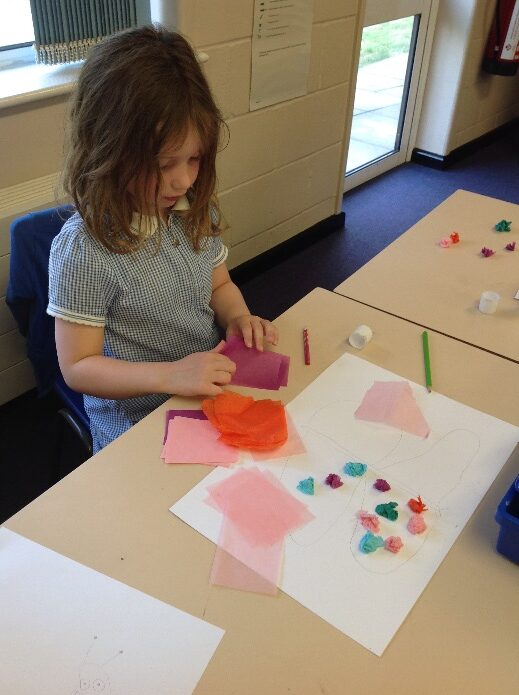
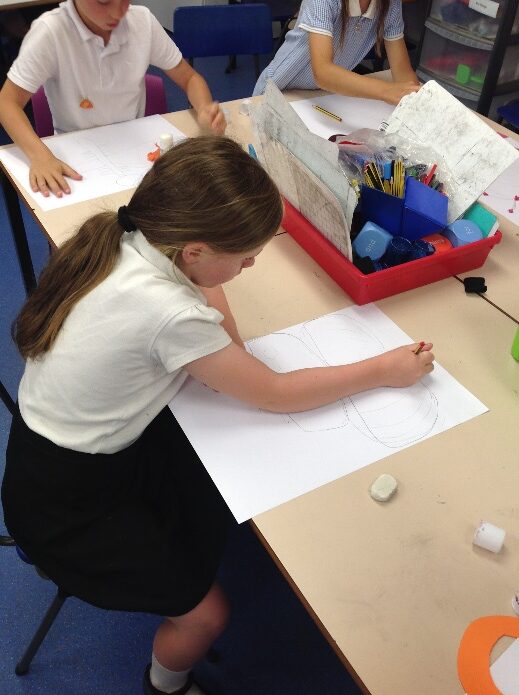
Year 3
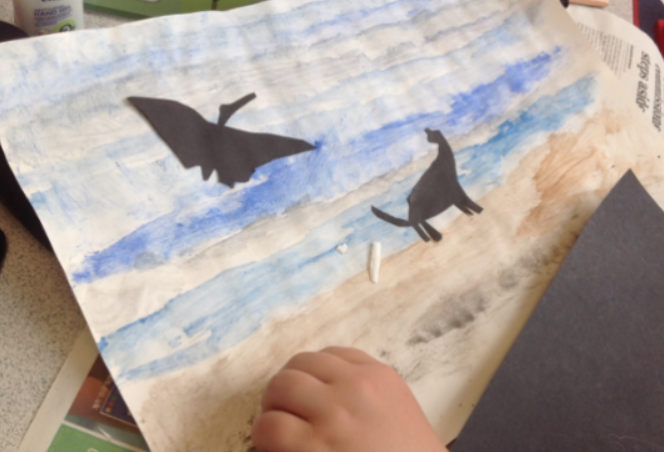

As part of SAW week, Year 3 researched dinosaurs and wrote a haiku based on our artwork. We also created a beautiful sunset silhouette for our dinosaurs using a watercolour wash. Following that, we created a dinosaur skeleton ‘X-ray’ using white art straws on a black background.
Year 4
Year 4 had such fun during SAW week. First, we looked at some fascinating close-up images of yeast cells. We used scrunched up newspaper and shaped them into the shape of a yeast cell. We then covered the yeast structure in PVA glue and tissue paper so it looked like the false-colour images we had seen.
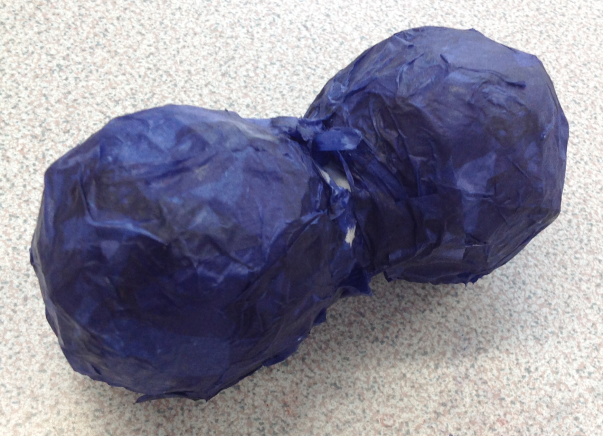
On our second day, we learned that yeast eats sugar and produces carbon dioxide. We wanted to test this, so poured dried yeast, water and sugar into a bottle. We used a balloon to test whether any carbon dioxide was being produced. The balloon inflated, showing us that yeast produces carbon dioxide!
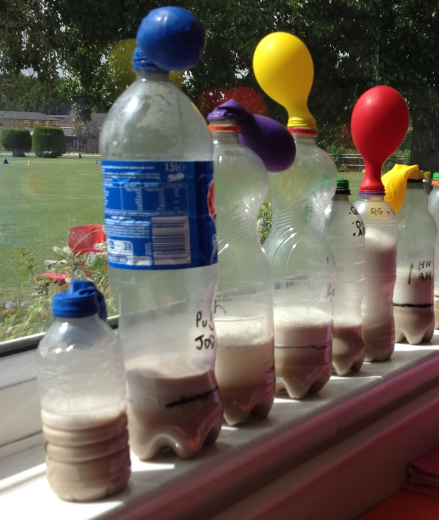
On our third day, we wanted to write a poem about what we have learned, seen and smelled about yeast!
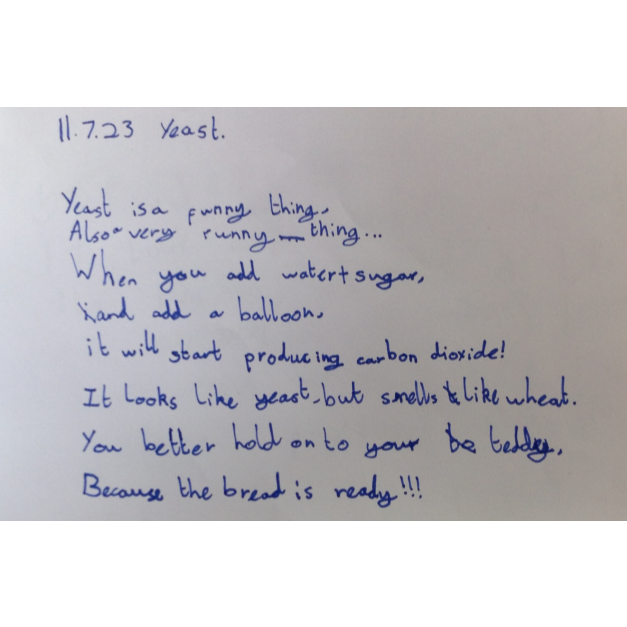

Year 5
This year, Year 5’s theme for SAW week focused on Greenhouse Gases.
For science, we learnt about the two main gases that make up the air around us (Nitrogen and Oxygen). The children now understand that carbon is in all living things – including themselves, which they found interesting! After we discussed the different types of gases in our atmosphere, we conducted an experiment. This explored the difference between the effects of a melting iceberg and the melting of glaciers on land to explore the relative effects on sea level rise. The children ensured that they kept the test fair by measuring the water and ice cubes, which made good links with our recent maths unit. Our findings revealed that the tub with the ice cubes that were placed on land saw the greatest sea level rise while the other did not rise. This is because glacier ice is mostly sitting on land, so when it melts it runs into the sea, causing the sea level to rise.
For art, we made a 3D model of planet Earth using papier-mâché. The children absolutely loved this activity! After they dried, the children added the different continents onto their planets.
During our writing session, Year 5 published some outstanding poems all about Planet Earth. Some children opted to write a haiku poem, free-verse poem or an acrostic. We were really proud of the final product, well done!
Year 6
As part of the year 6 SAW project, we looked at the adaptations of marine creatures and the ocean as an environment.
We started off by learning the names of the oceans of the world and thinking about the negative impact that human behavior has had on our ocean habitats, such as coral reefs. We discussed pollution within our oceans and what we can do to make a difference. We learnt amazing facts about sharks – did you know that they actually don’t have a skeleton? We produced some posters to persuade people to look after our sharks and protect their species. Following this lesson, we learnt about the different layers of the ocean and the creatures that live in each one and created a collage to display this information.
We then looked at aboriginal art and how they created wonderful artworks based on wht they saw around them. The children really enjoyed drawing their own animals and then painting them using the dotting techniques seen within this artistic movement.
The children in year 6 all thoroughly enjoyed their week and were more aware of the oceans as ecosystems on our planet, and the threat they are under.

